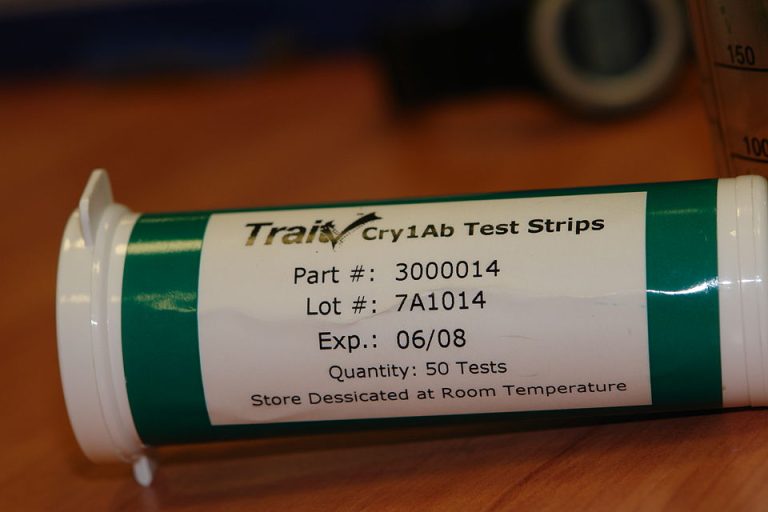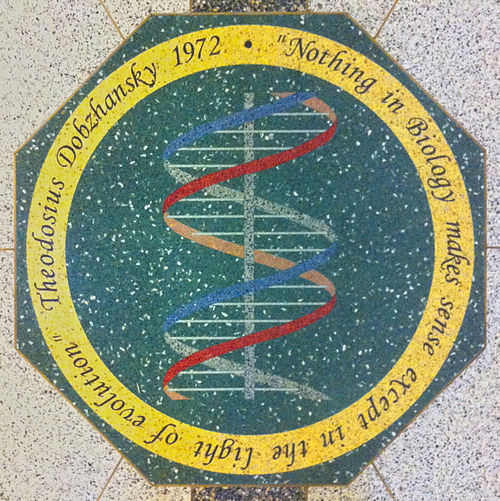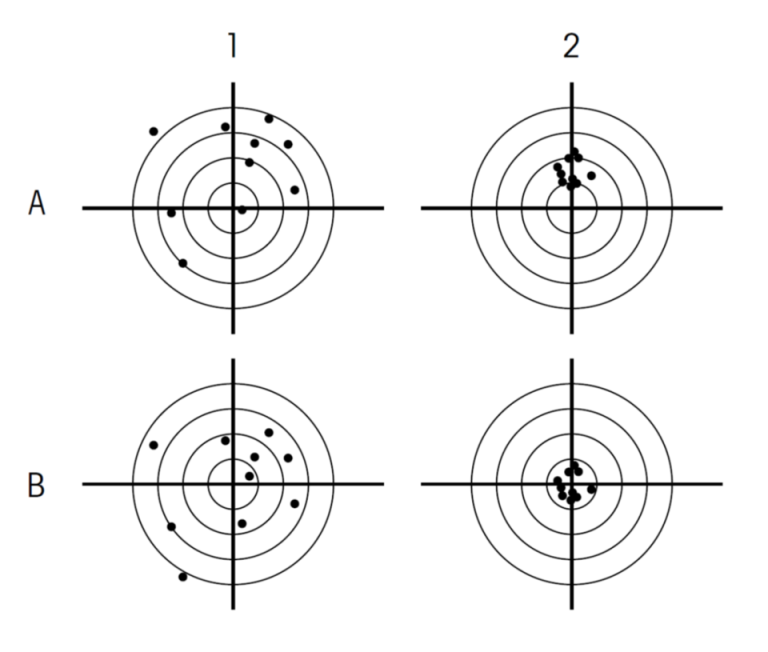
Economy
Innovation
Will satellites save agriculture?
“How can we feed 10 billion people in 2050 with limited natural resources? To address this challenge, agritech start-ups are capitalising on the latest research findings to offer disruptive innovations and provide more efficient and environmentally friendly solutions” . This is how agritech is presented by BPI France, the French public investment bank. Once again, we see the famous promise to feed the world. To achieve this goal, we need to innovate, invest, digitise, robotise…

Generality
In the face of technological development, should we take the time to reflect on the bigger picture?
The development of GMOs, of the digitisation of living organisms and of the “biocontrol” are indicators of multinationals’ growing ambitions to appropriate living organisms, but not only. It is also, if not above all, a technological development which, once adopted, has a major impact on the global system that constitutes our societies and their environment. The changes are so significant that Frédéric Jacquemart refers to them as “systemic disruptions”. These disruptions should motivate our societies to adopt a global approach in order to better prepare and accept the necessary emergence of other “viable structures”, to use his wording.

Mon810 maize and teosinte: hybridisation still unmonitored
For several years, EFSA and ANSES have been asking Bayer to monitor the emergence of teosinte, the wild ancestor of maize, in fields cultivated with Mon810 maize in Portugal and Spain. In 2023, the company was still not doing so. However, the presence of teosinte in Europe has been confirmed. A scientific study has even shown experimentally that the Mon810 transgene can be transmitted from maize to teosinte plants collected in Spanish fields. The production of transgenic insecticidal protein is therefore not under control.

Brevetabilité
NGT regulations: trilogue of the deaf under pressure from Denmark
Negotiations on the future European regulation on new genetic modification techniques have been focusing on two sensitive issues for several months: patentability and sustainability. Keen to conclude the dossier before the end of the year, the Danish Presidency is stepping up efforts to find a compromise, at the risk of neglecting issues that are of particular concern to small and medium-sized breeders and farmers. Denmark will seek an agreement this week, having already threatened to freeze discussions and refer the text back to the European Parliament for a second reading.

Environment
Impact sur la biodiversité
Biodiversity and stability of natural systems: what are the impacts of GMOs?
There is no shortage of observations of a living world in the process of destruction, with examples such as collapsing biodiversity and climate change. However, the solutions proposed and adopted by decision-makers in technophile countries are fueling this destruction, as in the case of GMOs. In the opinion piece published here by Inf’OGM, Frédéric Jacquemart calls for the implementation of a “global (systemic) assessment” that would “take into account the organization of the natural complex systems on which we depend in order to guide public decision-making”.

Digital sequence information (DSI)
Seed Treaty’s MLS enhancement package risks legitimizing biopiracy and inequity
For some times now, the International Treaty on Plant Genetic Resources for Food and Agriculture is discussing an expansion of its scope to all plant genetic resources for food and agriculture. Many stakeholders and observers are fearing this would end up in legitimizing biopiracy. As the next meeting will occur in Lima (Peru) starting in November, the 24th, Inf’OGM publishes the analysis of Nithin Ramakrishnan, from Third World Network, one of the stakeholders of this meeting.

Environment
Agrofuel
GMOs on the agenda at COP 30
At a time when countries are meeting in Belém, Brazil, to discuss the tools needed to combat climate change, Inf’OGM wishes to shed light on the role of biotechnology in these negotiations. Biotechnology companies are making several promises: GMOs will help combat world hunger and climate change.

Law
Mutagenesis
Directed, targeted, precise mutagenesis… Are these adjectives misleading?
Being precise, targeting and achieving one’s goal, directing a mutagenesis… these are adjectives that convey a sense of control and precision. However, on closer inspection, these adjectives mean nothing in a legal text. Because, in the European Commission’s proposal to deregulate a number of GMOs, they are not accompanied by their corollaries: targeted where? Precise to what degree? Directed by what or by whom?

Labelling
Consumer associations call for continued labelling and traceability of GMOs
On 14 October 2025, eight consumer associations from various EU Member States published an opinion calling on European institutions to maintain GMO labelling to enable European consumers to make informed choices about their food.

